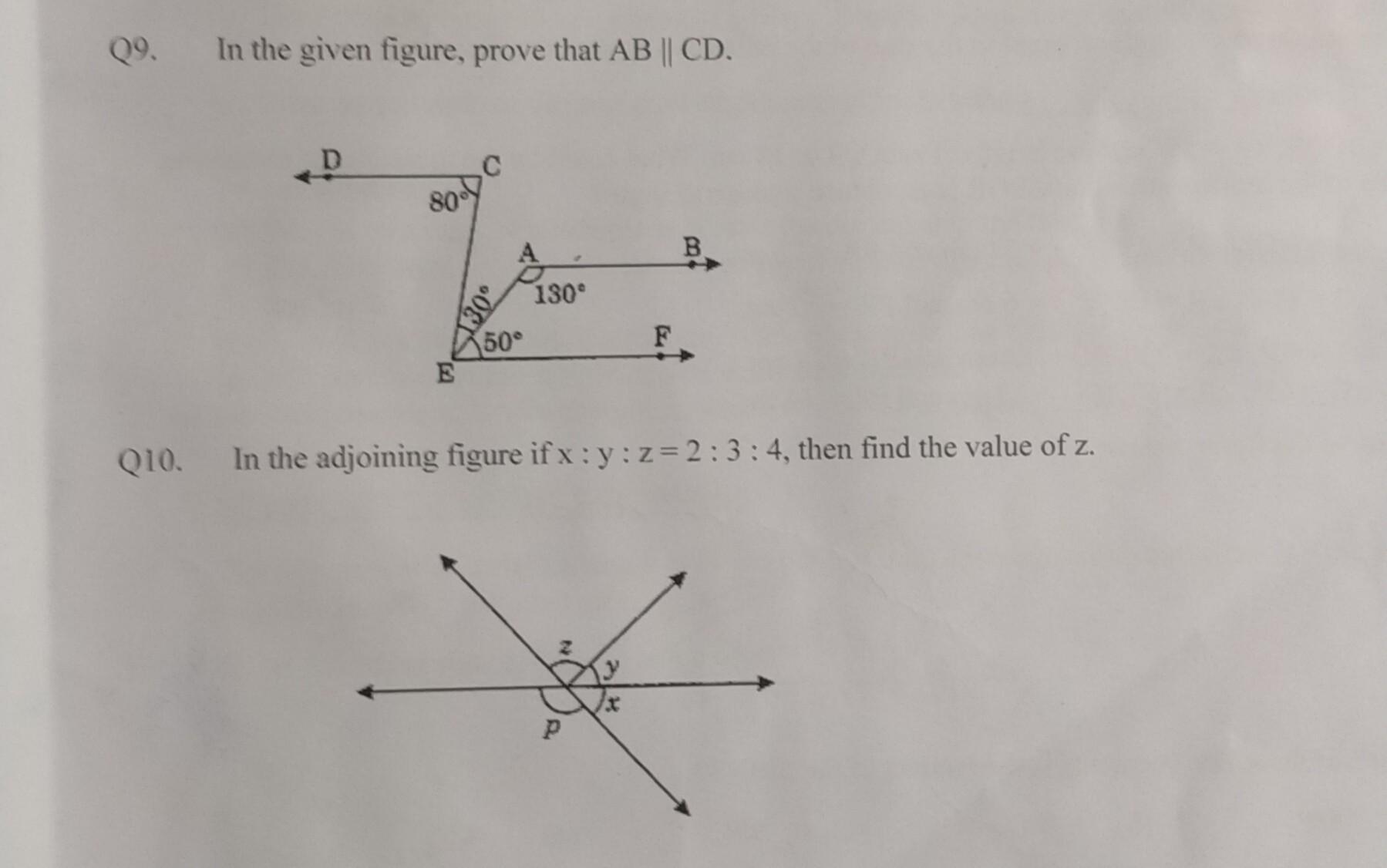Explanation:
Appreciation of the poem Song of a Dream by Sarojini Naidu Observing children we might say that they always remain in a world of fantasy, talking to themselves and acting as if they are in a different world. This quality of leaving one’s present world to enjoy a better world of imagination is not only something that the children possess but also the adults. The poem ‘Song of a Dream’ written by Sarojini Naidu is a perfect example for this statement.
In the poem she sings of one of her dreams in which she stood alone in a magical wood. She says: her soul was immersed in deep visions which were products of fantasy that sprang like poppies. She then goes through a unique experience where she meets the spirits of truth who sang, the spirits of love who glowed and the spirits of peace that flowed like divine streams.
She continues by saying that she experiences the stars of spirits of love gathering and gleaming around her delicate youth. As one can expect in such a magical world, she also experiences the sweet melodies of the spirits of truth. She then says about an extreme thirst for truth which she quenches by drinking from the streams of spirits of peace.
The poem can be considered as the poet’s deep desire to escape the sufferings she had to endure in a world of injustice. The poem can be read in the light of India’s turbulent freedom struggle when the three qualities (truth, love and peace) that the poet mentions were being violated through unauthorized detention in connection with Rowlett Act, 1919, violence as part of various incidents like Jalian Vala Bagh massacre, religious conflicts and revolutionary movements etc. The poem thus calls forth the people of India to live a harmonious life abandoning castism, superstitions and many other social evils that existed then and that exist even now.
The poem is infused with so many visual and auditory images. The visual images include visions springing like poppies, truth as birds, love as stars and peace as streams. The streams flowing and stars glowing which gather around the poet are also perfect visual images. Besides, the song of the bird can be considered as an auditory image and the smell of poppies as an olfactory image.
The poet instills perfect lyrical quality in the poem by maintaining a smooth rhythm and a rhyming scheme. (‘aa-bb-cc’, stood-wood, sprang-sang, glowed-flowed). The phrases ‘gather and gleam’, ‘lone in the light’ gives alliterative effect of repeated consonant sounds. To contribute to the figurative meaning of the poem, the poet has cleverly used a simile in the third sentence (visions that poppy like sprang) and metaphors when talking about ‘spirits of truth, stars of love and streams of peace’. The poetic device of personification in which human qualities are given to inanimate (without life) objects can be seen in the line ‘stars gathering around my delicate youth’ (Here: We know that stars are lifeless and they do not move, she still says that they moved around her). We also see that in peace which is represented as spirit.
The message that the poet wants to convey is about the possibility for a peaceful and harmonious co-existence of all human beings in the world by creating a heaven-like perfect place. All the cardinal (main) qualities of truth, love and peace must fill over the surface of the earth for this. The poem is extremely relevant in today’s context where religious intolerance, sub-nationalism, honor killing, cow vigilantism, atrocities against women and children and various other hate-crimes take place at an alarming rate. We can conclude by saying that the poet exhorts us to create a heaven like perfect place where everyone lives harmoniously as a single but great human family.






